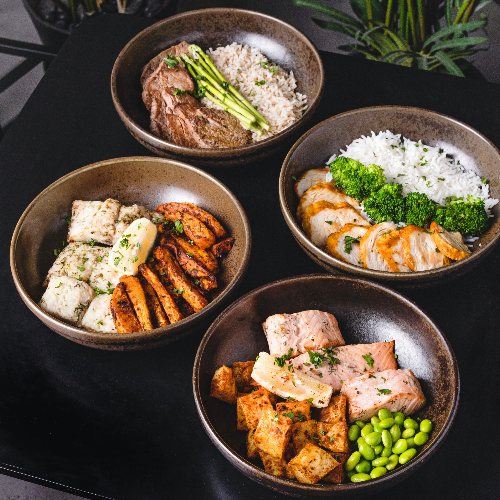In the heart of a bustling city, amidst the cacophony of daily life, Sarah found herself in a conundrum, one that many face but few conquer – the enigma of nutritional labels. Sarah’s journey began in a humble grocery store, her cart half-filled with the usual suspects: cereal boxes, canned soups, and a plethora of snacks, each adorned with colorful labels and promises of health.

The story takes a turn one serene Sunday afternoon. Sarah, a young professional with a keen interest in health, found herself puzzled, staring blankly at a cereal box. The nutritional label, a small, dense block of text and numbers, seemed more like an ancient, cryptic manuscript than a guide to healthy eating.
Her curiosity piqued, Sarah embarked on a quest, a journey of discovery and understanding. She delved into the world of nutritional labels, a landscape dotted with terms like ‘serving size,’ ‘percent daily values,’ and ‘ingredients list.’ Each label became a puzzle to solve, a mystery to unravel.
The first epiphany struck her like a bolt of lightning – serving sizes were often misleading, a hidden trickster in the world of food packaging. A single serving, as defined on these labels, was frequently far less than what people typically consumed. This revelation was a game changer; it reshaped her perception of portion control and caloric intake.
Next, Sarah encountered the labyrinth of ‘percent daily values,’ a concept that initially seemed as complex as quantum physics. However, with persistence and a bit of research, she uncovered its simplicity. These percentages, based on a 2,000-calorie diet, served as a guide to understand how much of a nutrient a serving of food contained. It was like finding a treasure map, guiding her to make more informed food choices.
But the true heart of Sarah’s journey lay in deciphering the ingredients list, a task akin to learning a new language. She learned that ingredients were listed in order of quantity – from most to least. This knowledge became her compass, steering her away from products laden with added sugars and unhealthy fats, hidden under a myriad of names and forms.
As Sarah’s understanding deepened, so did her shopping habits. The grocery store transformed from a maze of confusion into a library of information. She began choosing foods based on their nutritional value, not just their marketing appeal. Words like ‘whole grain,’ ‘high in fiber,’ and ‘low in sodium’ became her allies in the quest for healthy eating.
Her newfound knowledge rippled through her life, bringing positive changes. Meals became more balanced, snacks more nutritious, and her overall well-being improved. Friends and family noticed the transformation and sought her guidance, turning Sarah into an unwitting ambassador for informed eating.
Sarah’s story is not just about understanding nutritional labels; it’s a narrative of empowerment. It’s a testament to the fact that with knowledge comes power – the power to make healthier choices, to demystify the world of food marketing, and to take control of one’s dietary health.
This journey, from confusion to clarity, from ignorance to enlightenment, is an invitation to all. It encourages us to peek behind the curtain of nutritional labels, to arm ourselves with knowledge, and to embark on our own journey of informed eating – a journey that leads not just to better food choices, but to a healthier, more informed life.



